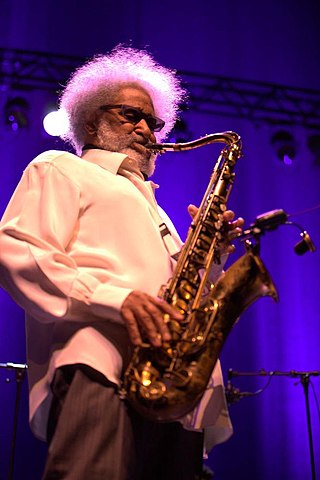
Walter Theodore "Sonny" Rollins is an American former jazz tenor saxophonist who is widely recognized as one of the most important and influential jazz musicians. In a seven-decade career, he has recorded over sixty albums as a leader. A number of his compositions, including "St. Thomas", "Oleo", "Doxy", and "Airegin", have become jazz standards. Rollins has been called "the greatest living improviser".
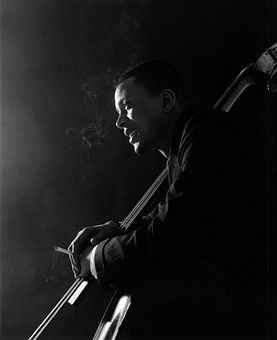
Douglas Watkins was an American jazz double bassist. He was best known for being an accompanist to various hard bop artists in the Detroit area, including Donald Byrd and Jackie McLean.

Brilliant Corners is a studio album by American jazz musician Thelonious Monk. It was his third album for Riverside Records, and the first, for this label, to include his own compositions. The complex title track required over a dozen takes in the studio.

Bags' Groove is a jazz album by Miles Davis, released in 1957 by Prestige, compiling material from two 10" LPs recorded in 1954, plus two alternative takes.

A Night at the "Village Vanguard" is a live album by American jazz saxophonist Sonny Rollins recorded at the Village Vanguard in New York City on November 3, 1957 and released on Blue Note the following year. Rollins played three sets, one in the afternoon and two in the evening, with different rhythm sections: Donald Bailey and Pete LaRoca, and Wilbur Ware and Elvin Jones, respectively.

Soul Station is an album by jazz saxophonist Hank Mobley that was released in 1960 by Blue Note Records. It is considered by many critics to be his finest album.

John Coltrane with the Red Garland Trio is the third studio album by jazz musician John Coltrane, recorded in Rudy Van Gelder's home studio on August 23, 1957 and released in early 1958 on Prestige Records.
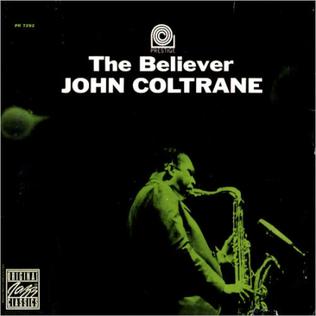
The Believer is a jazz album by John Coltrane released in 1964 on Prestige Records, catalogue 7292. It was recorded by Rudy Van Gelder in Hackensack, New Jersey in 1957 and 1958.

Coltrane Jazz is the sixth studio album by jazz musician John Coltrane. It was released in early 1961 on Atlantic Records. Most of the album features Coltrane playing with his former Miles Davis bandmates, pianist Wynton Kelly, bassist Paul Chambers and drummer Jimmy Cobb during two sessions in November and December, 1959. The exception is the track "Village Blues", which was recorded October 21, 1960. "Village Blues" comes from the first recording session featuring Coltrane playing with pianist McCoy Tyner and drummer Elvin Jones, who toured and recorded with Coltrane as part of his celebrated "classic quartet" from 1960 to 1965.

Tenor Madness is an album by jazz musician Sonny Rollins released in October 1956 by Prestige Records. It is most notable for its title track, the only known recording featuring both Rollins and John Coltrane.

Work Time is an album by jazz saxophonist Sonny Rollins, recorded for the Prestige label, featuring performances by Rollins with Ray Bryant, George Morrow, and Max Roach.
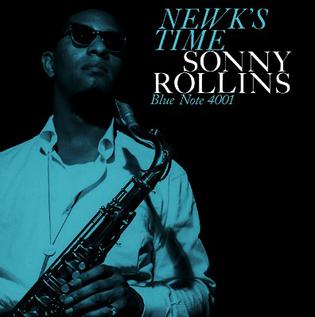
Newk's Time is an album by American jazz saxophonist Sonny Rollins recorded on September 22, 1957 and released on Blue Note in 1959—his third album for the label.
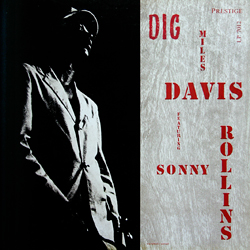
Dig is an album by Miles Davis on Prestige Records, catalogue number 7012. It features tracks from a 1951 session at Apex Studios. First released in the 12-inch LP format in 1956, The original album was later released as Diggin' with the catalogue number PR 7281 and a different cover. Dig was reissued as a compact disc with additional tracks.

Sonny Rollins Plus 4 is a jazz album by Sonny Rollins, released in 1956 on Prestige Records. On this album Rollins plays with the Clifford Brown/Max Roach Quintet. The album was the last recording including pianist Richie Powell and Brown, as both died in a car accident three months later.
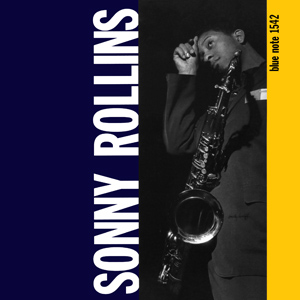
Sonny Rollins, also known as Sonny Rollins, Volume 1, is an album by American jazz saxophonist Sonny Rollins recorded on December 16, 1956 and released on Blue Note the following year.

Sonny Rollins, Vol. 2 is an album by American jazz saxophonist Sonny Rollins recording on April 14, 1957 and released on Blue Note later that year.

Rollins Plays for Bird is a 1957 album by jazz saxophonist Sonny Rollins, recorded for the Prestige label, featuring performances by Rollins with Kenny Dorham, Wade Legge, George Morrow and Max Roach on material associated with Charlie Parker.

Tour de Force is an album by jazz saxophonist Sonny Rollins containing his final recordings for the Prestige label. Rollins performed with Kenny Drew, George Morrow, and Max Roach, with vocals by Earl Coleman on two tracks.
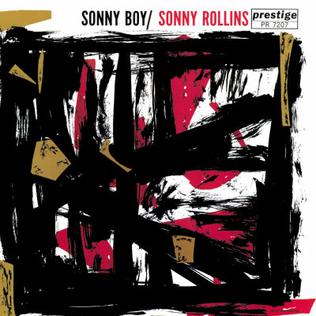
Sonny Boy is a 1961 album by jazz saxophonist Sonny Rollins comprising four tracks from his final recordings for the Prestige label, three of which were originally released on Tour de Force, along with an unissued performance from the session that produced Rollins Plays for Bird.

Miles Davis with Sonny Rollins is a 1954 10 inch LP album by Miles Davis, released by Prestige Records. The four tracks on this LP, along with a second take of "But Not For Me", were recorded at Rudy Van Gelder's Studio, Hackensack, New Jersey, on June 29, 1954.




















